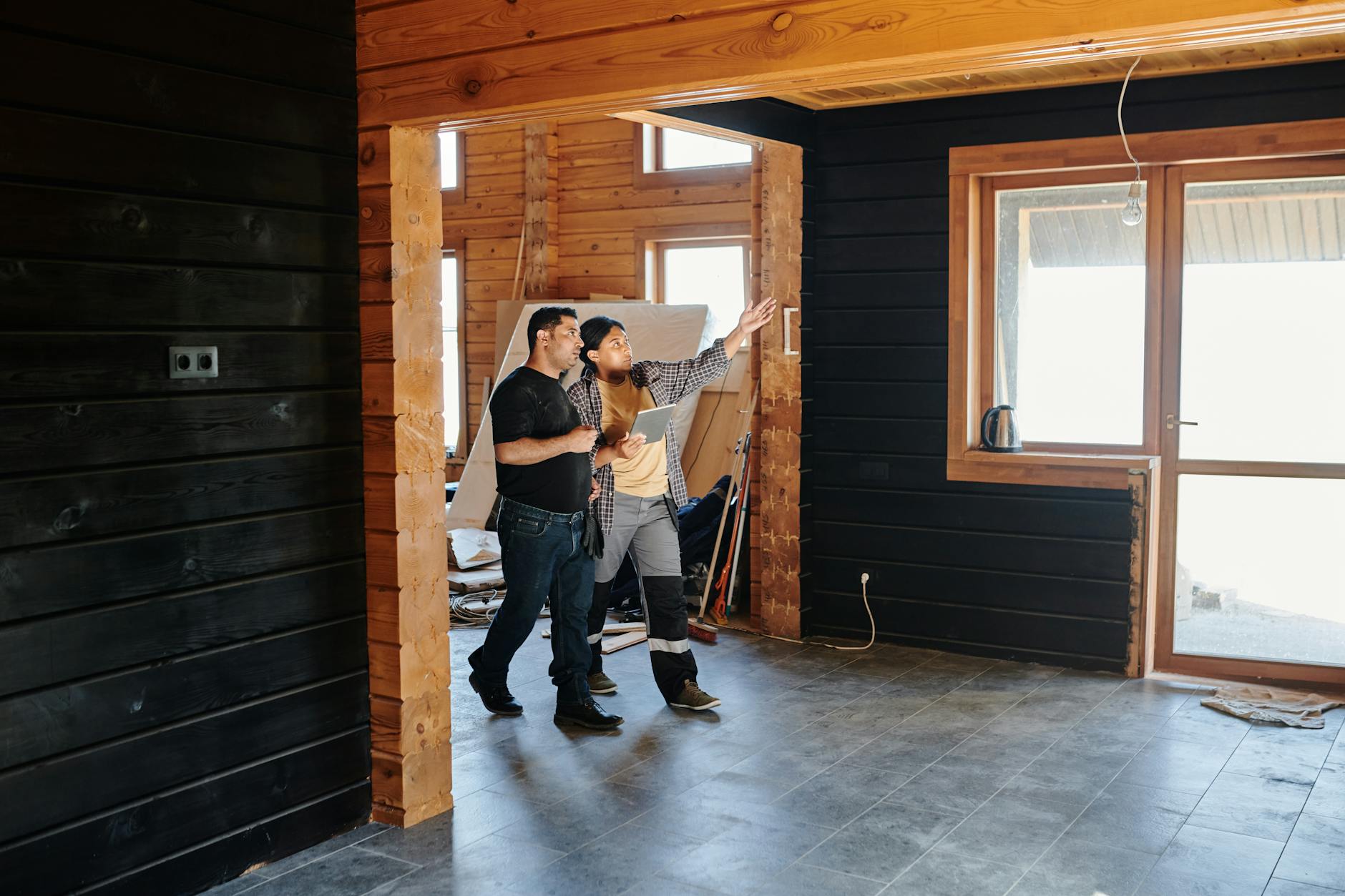The Future of Affordable Housing: Trends and Developer Insights
The future of affordable housing represents a critical challenge and opportunity for urban planners, developers, and policymakers worldwide. As housing prices continue to soar in many regions, innovative solutions are necessary to ensure that quality, affordable homes remain accessible to low- and moderate-income families. This article explores emerging trends shaping affordable housing development, integrating insights from industry experts to illuminate the evolving landscape. We will examine how technology, policy shifts, sustainable practices, and community-centric designs are converging to influence affordability, availability, and livability. By understanding these dimensions, stakeholders can better navigate the complex interplay of economic factors and social needs to create housing models that endure and scale effectively for the future.
Innovations in construction technology
One of the most significant drivers in the future of affordable housing is the adoption of advanced construction technologies. Techniques such as modular building, 3D printing, and prefabrication are reducing both costs and construction times considerably. Modular building involves assembling standardized sections off-site, which lowers labor costs and minimizes waste. Similarly, 3D printing can create housing components quickly and inexpensively, using materials like concrete mixtures optimized for durability and insulation.
Developers increasingly rely on Building Information Modeling (BIM) software to improve project planning and collaboration among architects, engineers, and contractors, enhancing efficiency. These innovations not only reduce costs but also improve quality control, making affordable housing projects more viable in tight budget environments.
Policy evolution and financing models
Regulatory frameworks and financing structures directly impact the feasibility of affordable housing development. Governments worldwide are revisiting zoning laws to enable higher density and mixed-use developments, which optimize land use within urban areas. Inclusionary zoning policies require or incentivize developers to allocate a percentage of new projects to affordable units.
On the financing side, innovative models such as public-private partnerships (PPPs), community land trusts (CLTs), and social impact bonds are gaining traction. These models distribute risk wisely and attract diverse streams of investment while ensuring long-term affordability. Below is a summary table highlighting some modern financing approaches:
| Financing model | Description | Key advantage |
|---|---|---|
| Public-private partnerships (PPPs) | Collaboration between governmental bodies and private developers. | Shared financial risk and resource pooling. |
| Community land trusts (CLTs) | Nonprofits own land, leasing it to homeowners. | Stable prices and community control. |
| Social impact bonds | Investments tied to achieving social outcomes. | Attracts private capital for social good. |
Sustainability and green building integration
Affordability now goes hand in hand with environmental responsibility. Sustainable building materials, energy-efficient designs, and renewable energy integration help reduce utility costs for residents and lower operating expenses over time, making homes more affordable in a broader sense. Developers are increasingly incorporating solar panels, green roofs, and water-saving systems to enhance resource efficiency.
Additionally, climate-resilient designs are a focus to ensure housing durability against extreme weather events, which disproportionately affect lower-income communities. These sustainable features not only improve health outcomes but also contribute to long-term cost savings, strengthening the economic sustainability of affordable housing projects.
Community engagement and design philosophy
Successful affordable housing is more than just a physical structure—it must foster thriving communities. Developers and planners are emphasizing participatory design, engaging residents early in the process to understand their needs and preferences. This approach leads to culturally relevant and accessible spaces that support social cohesion.
Flexible layouts that accommodate diverse family sizes, proximity to public transit and amenities, and shared communal spaces enhance livability and tenant satisfaction. Incorporating local art and landscaping also reinforces community identity, making affordable housing developments inviting and dignified environments.
Conclusion
The future of affordable housing hinges on a multidisciplinary approach combining technological innovation, forward-thinking policies, sustainable building practices, and genuine community engagement. By integrating advanced construction methods with supportive financing models, developers can deliver high-quality homes at reduced costs. Sustainability further enhances these efforts by lowering long-term living expenses and building resilience. Meanwhile, participatory design ensures that housing projects meet the true needs of residents, creating spaces where individuals can thrive. Together, these trends form a holistic roadmap, helping affordable housing meet growing demand without sacrificing quality or inclusivity. For stakeholders aiming to address the affordability crisis, embracing these insights will be crucial to shaping vibrant, equitable communities in the years ahead.
Image by: Mikael Blomkvist
https://www.pexels.com/@mikael-blomkvist
editor's pick
latest video
news via inbox
Nulla turp dis cursus. Integer liberos euismod pretium faucibua

